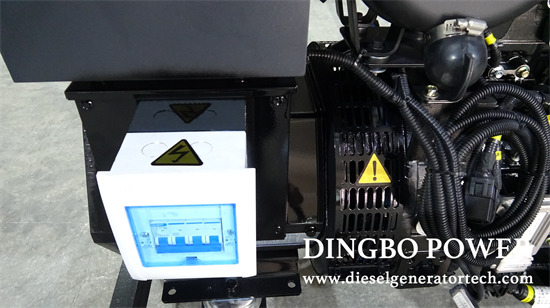During the use of the generator set, various faults occur due to its own factors or objective external conditions. In order for users to master the maintenance technology of the generator set, the generator manufacturer shares the maintenance technology of the cylinder head fault of the generator set that has been maintained for many years, hoping to give users some help in the maintenance of the cylinder head of the diesel generator set.

Some important maintenance methods for repairing generator cylinder head faults are summarized as follows:
1. If the generator set sleeps until it breaks through and leaks due to water shortage and high temperature, it is likely to cause cracks in the cylinder head valve seat ring, and the copper sleeve rubber ring of the fuel injector melts at high temperature. The cylinder head that produces the cracks should be scrapped and disposed of.
2. The copper sleeve and rubber ring of the fuel injector may be damaged after prolonged operation. For water on the oil pan or piston top, the bottom plane of the cylinder head should be checked for cracks, and the copper sleeve and rubber ring of the fuel injector should be checked for damage.
3. If serious oil leakage is found in the cylinder head of the generator set before maintenance, the surface of the cylinder head should be ground during maintenance. The maximum grinding amount of the cylinder head is 1mm, and it is recommended to limit each grinding amount to 0.10mm as much as possible. The minimum thickness of the N-series cylinder head is 110.24mm, while the minimum thickness of the K-series cylinder head is 119.76mm.
4. During the overhaul of the generator set, a comprehensive inspection should be conducted on the water blockage of the generator set cylinder head. If there is any damage to the water blockage, it is recommended to replace all the water blockage of the entire cylinder head.
Since 1982, Dingbo Generator has been a generator set manufacturer qualified by the "National Internal Combustion Engine Quality Supervision and Inspection Center". The product quality has passed the IS09001 quality system standard certification. And obtained the qualification certificate for self-operated import and export. Over the years, Dingbo units have been widely used in all walks of life, and have won the network access qualification of the Ministry of Information Industry, the network access qualification of the Ministry of Radio and Television, the network access qualification of CNPC, the network access qualification of China Mobile, and the manufacturing qualification of marine units. In 2016, Dingbo was awarded the Certificate of Qualified Supplier of China Nuclear Power Group. Dingbo Generator has been cooperating with Shangchai Power for many years. In 2009, it became the OEM partner of Shangchai Power in China. Dingbo generator VOLVO unit ranks the top three in the Asia-Pacific sales volume, and is the core OEM partner of Sweden Volvo in the Asia-Pacific region. If any question please feel free to visit our website https://www.dieselgeneratortech.com/ or send email to sales@dieselgeneratortech.com.
Comments
Post a Comment